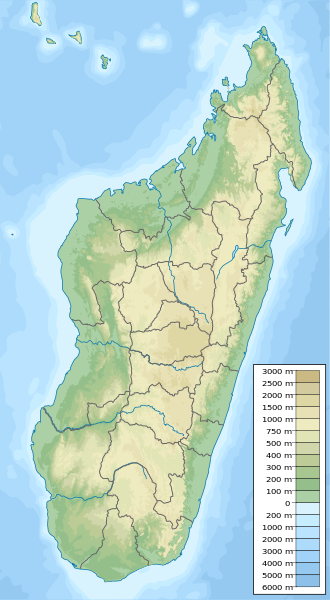Several fossiliferous stratigraphic units in Madagascar have provided fossils, most notably the Maastrichtian Maevarano Formation and the Jurassic Isalo III Formation. The oldest fossil-bearing formations date to ages before the break-up of Madagascar from Africa and India; the units of the Sakoa Group are found in both India and Madagascar, while the Beaufort Group is shared with southern Africa.

